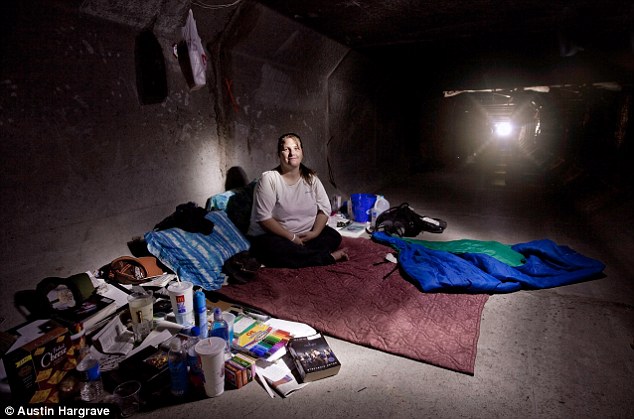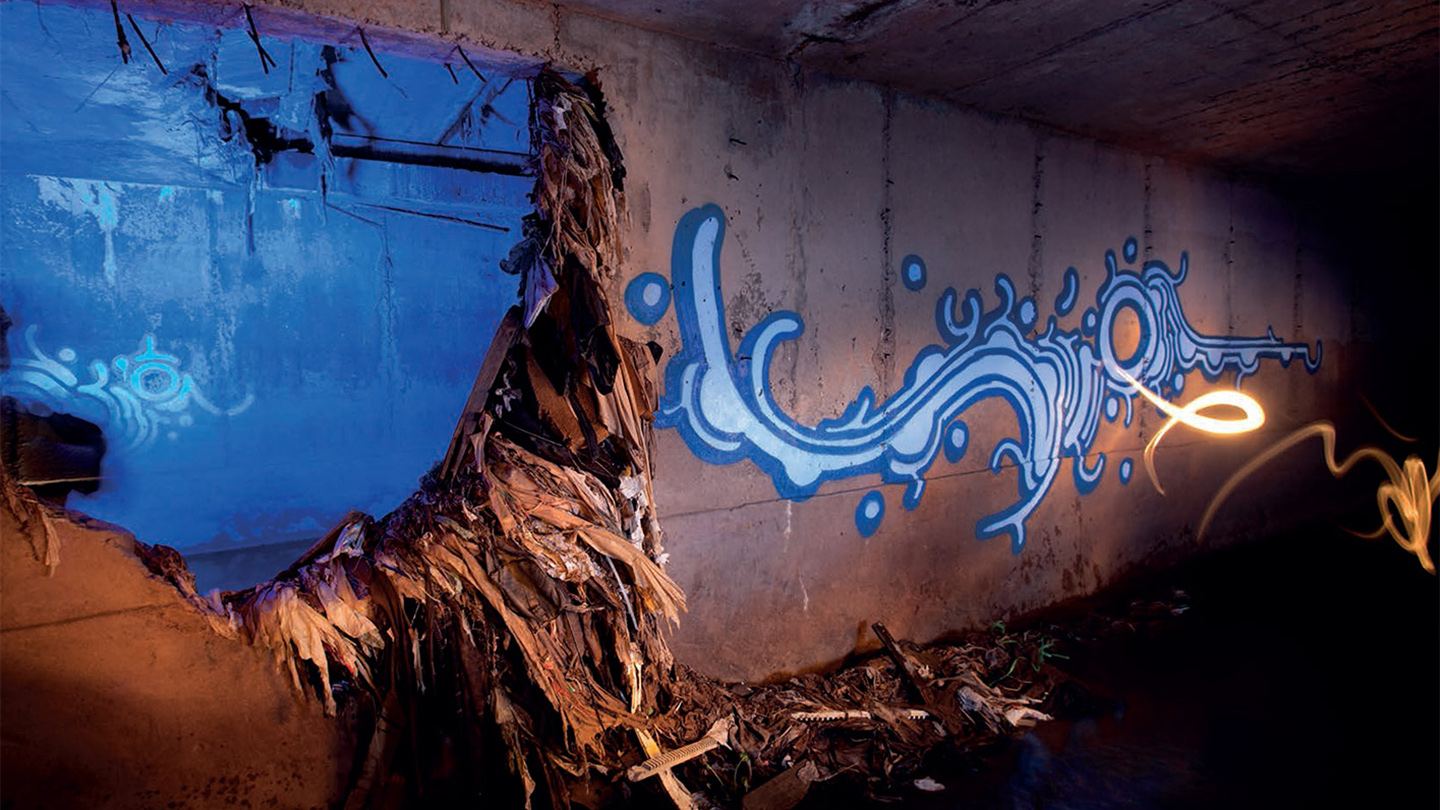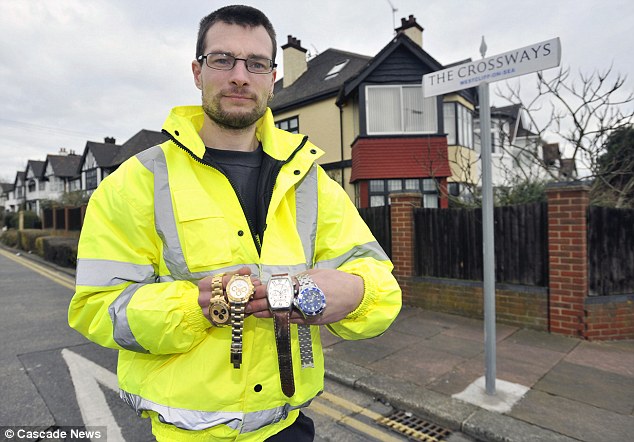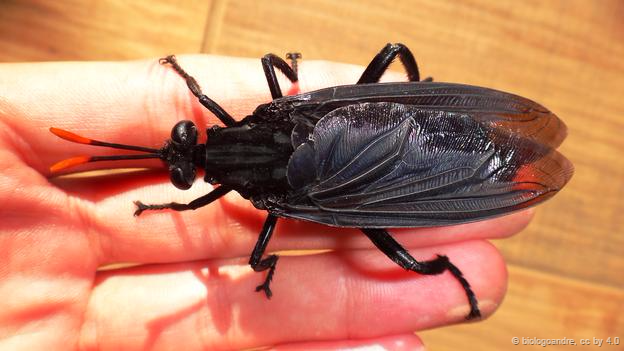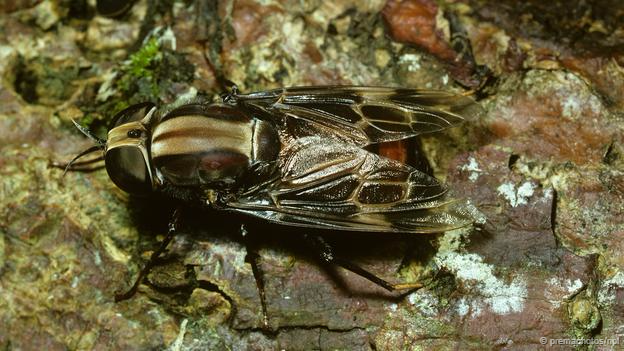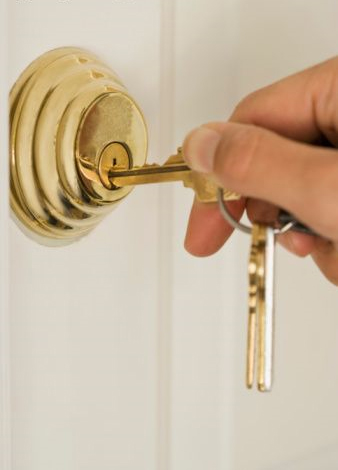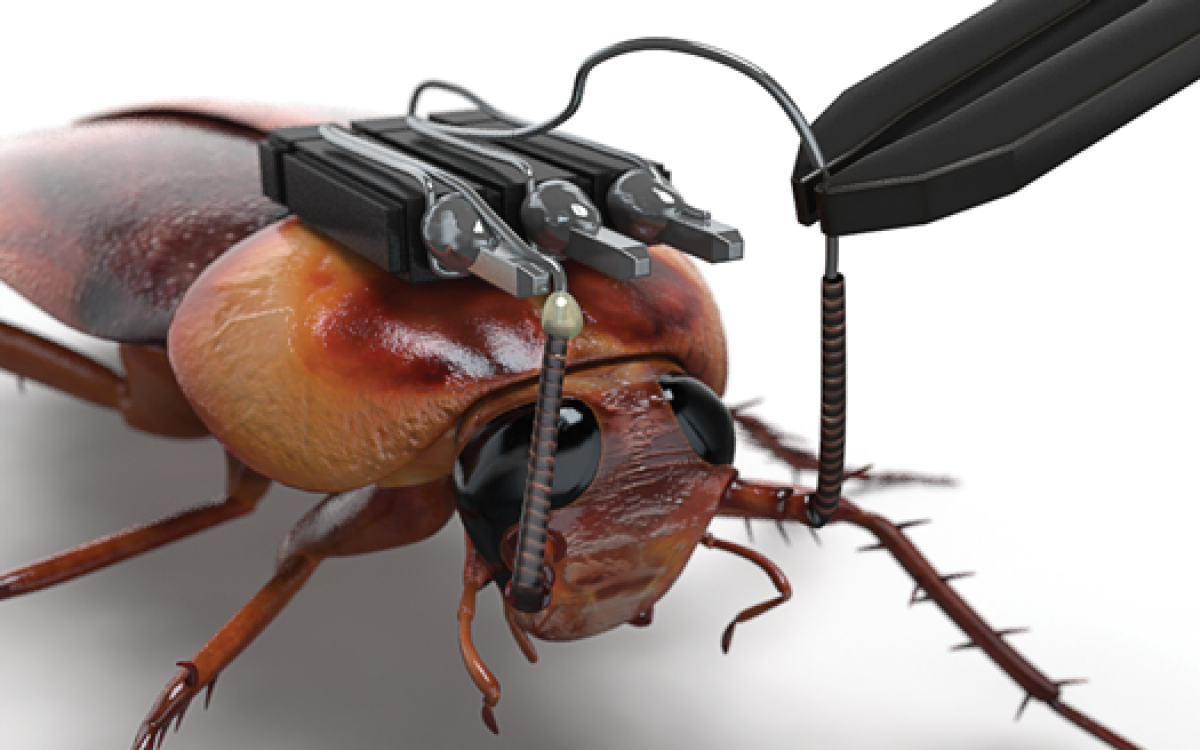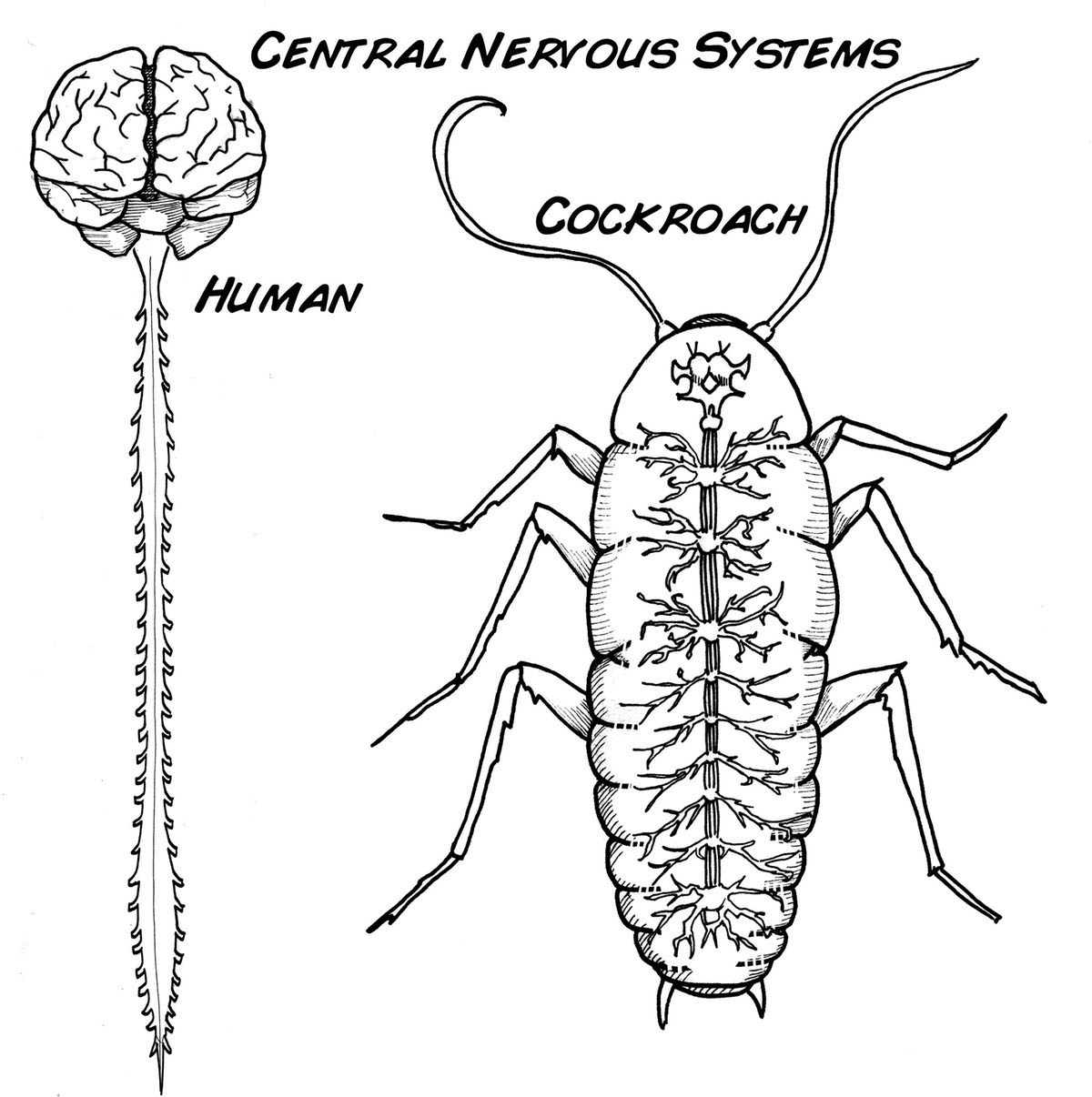Whether your child has thrown the keys to your brand new car down the drain, or your wedding ring has fallen down the sink whilst doing the dishes; many unfortunate events can cause an array of miscellaneous items to be found in sewers, some of which you may not even think possible. We have listed below the top 8 things that have been found in sewers across the globe.
1. The London Fatberg
Essentially a 15 ton blob of fat mixed with baby wipes was found blocking a sewer under London Road in Kingston upon Thames. It has even been quintessentially likened to the size of a double decker bus, taking Thames Water over three weeks and thousands of pounds to remove.
2. Las Vegas Tunnel Dwellers
In Las Vegas, America, it is estimated that over 1,000 homeless people suffering from gambling, drug or alcohol abuse have built their homes to live under these sewer tunnels; these underground abodes include an array of furnishings, including beds, décor and even a library of books. A short documentary named ‘Living in The Tunnels of Las Vegas’ has been made about this, although these types of living situations are sadly prevalent across many major American cities.
Tunnel Dwellers build their homes in Las Vegas underground sewers
3. False Teeth
In addition to the frequent number of wedding rings accidently dropped down the sink, false teeth are actually one of the most common objects found in sewers. What’s more, all false teeth that have been recovered from Severn Trent’s sewers now have their pictures online for those searching for their lost sets, who can then contact the company should they recognise their own.
4. Spray Painting the Sewers
Brazilian street artist Zezão used graffiti as a form of expression underground, in which originally helped him through a period when he was suffering from depression. He has since progressed in his work to create recognised street art across Paris, Brazil and London.
Street Artist Zezão is well known for his underground sewer work
5.Luxury Watches in Essex
Two Rolexes, a Franck Muller and one Omega watch were all found in the space of a few days and handed in by honest cleaner Arron Large from Southend on Sea, Essex, altogether said to be worth up to £60,000.
Cleaner from Essex finds luxury watches in the sewers
6. Japanese Gold
A staggering £36,000 worth of gold was found in a sewer in Japan by The Water Treatment Facility. The gold particles are said to have come from precision instruments used by people in the industry.
7. A Texas Alligator
In 2006, an alligator was found in a sewer in Texas, USA, weighing at approximately 600 pounds. Although, this seems to be a somewhat regular occurrence in some American states.
8. Surrey Sheep
It was reported that a live sheep was found roaming around in a manhole chamber and had to be pulled out during a routine check in Surrey.
Imagery: Daily Mail (http://www.dailymail.co.uk/news/article-1326187/Las-Vegas-tunnel-people-How-1-000-people-live-shimmering-strip.html)





